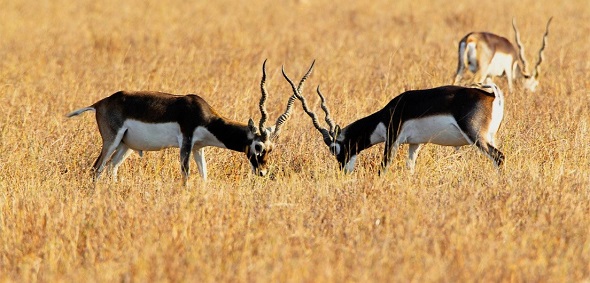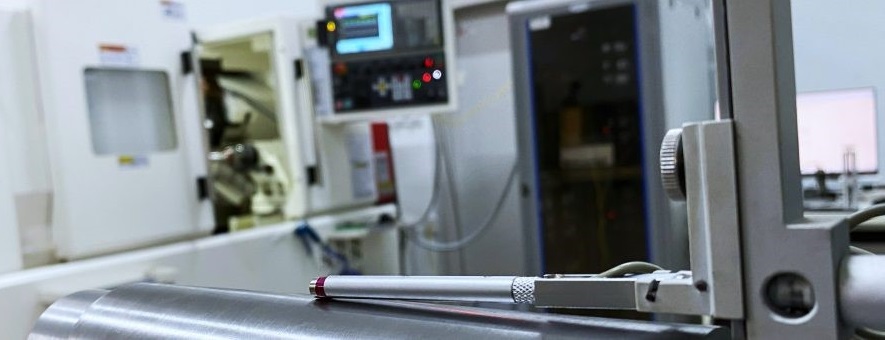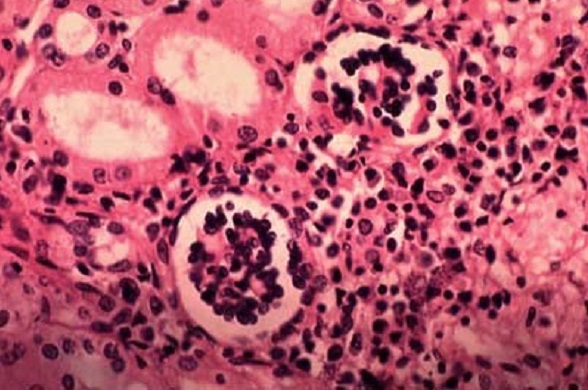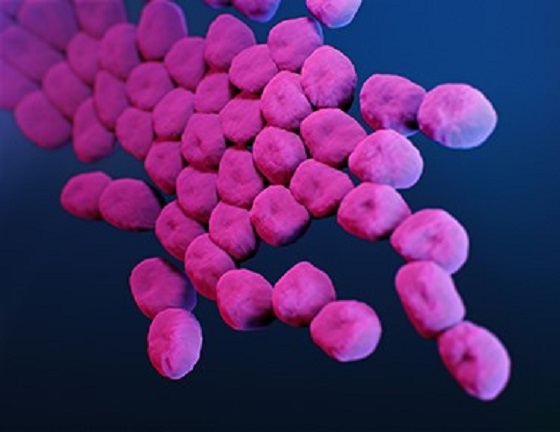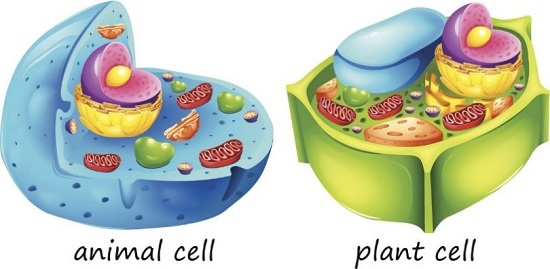
All living cells have synthesis and proofreading machinery to make proteins within them. Researchers from the CSIR-Centre for Cellular and Molecular Biology (CSIR-CCMB), Hyderabad have studied the process of optimisation needed for the evolution of plants.
“The study is about understanding the process of emergence and evolution of different types of eukaryotes. The optimisation processes pertaining to the evolution of plants are not known. Therefore, we sought to identify the process of optimisations required for the emergence and evolution of plants,” informs Dr Rajan Sankaranarayanan, the lead researcher.
Bacteria and archaea emerged and evolved independently nearly 4 billion years ago. While eukaryotic cells were first formed by ingestion of an alphaproteobacteria by an archaeal cell nearly 2 billion years ago.
All living cells have synthesis and proofreading machinery to make proteins within them. Researchers from the CSIR-Centre for Cellular and Molecular Biology (CSIR-CCMB), Hyderabad have studied the process of optimisation needed for the evolution of plants.

“Our earlier findings showed that the proofreading machinery associated with the protein synthesis factory of bacteria is incompatible with archaea. Therefore, the optimisation of error correcting machinery from both bacteria and archaea to work with each other in eukaryotes was essential,” adds Dr Sankaranarayanan.
The researchers found that two major life forms, animals and plants, resorted to two independent solutions to tackle these incompatibilities. Animals have used a single bacterial component and optimised the rest of protein synthesis apparatus; whereas plants have restricted the movements of conflicting components in different sections of the cell.
“We show that a nuclear-encoded and bacterial-derived chiral proofreader shows incompatibility with translation apparatus of bacterial origin in plant organelles. We uncover how plants have solved this conflict by restricting the localization of the conflicting component only to cytoplasm; whereas a compatible archaeal chiral proofreader, acquired via horizontal gene transfer, is targeted to both chloroplast and mitochondria,” explains the team.
With the help of bioinformatics, biochemistry, and confocal microscopy, proteomics etc. the team found that different eukaryotic cells evolved via different kinds of optimizations in their cells, especially in a key process of protein synthesis and proofreading.
The team comprised Pradeep Kumar, Kandhalu Sagadevan Dinesh Babu, Avinash Kumar Singh, Dipesh Kumar Singh, Aswan Nalli, Shivapura Jagadeesha Mukul, Ankit Roy, Mohd Mazeed, Bakthisaran Raman, Shobha P. Kruparani, Imran Siddiqi, and Rajan Sankaranarayanan. The study has been published in the Proceedings of the National Academy of Sciences of the United States of America (PNAS). The study has received support from The Department of Biotechnology and Science and Engineering Research Board (SERB), DST.
India Science Wire
ISW/SM/CCMB/Protein/Eng/16/06/2023
